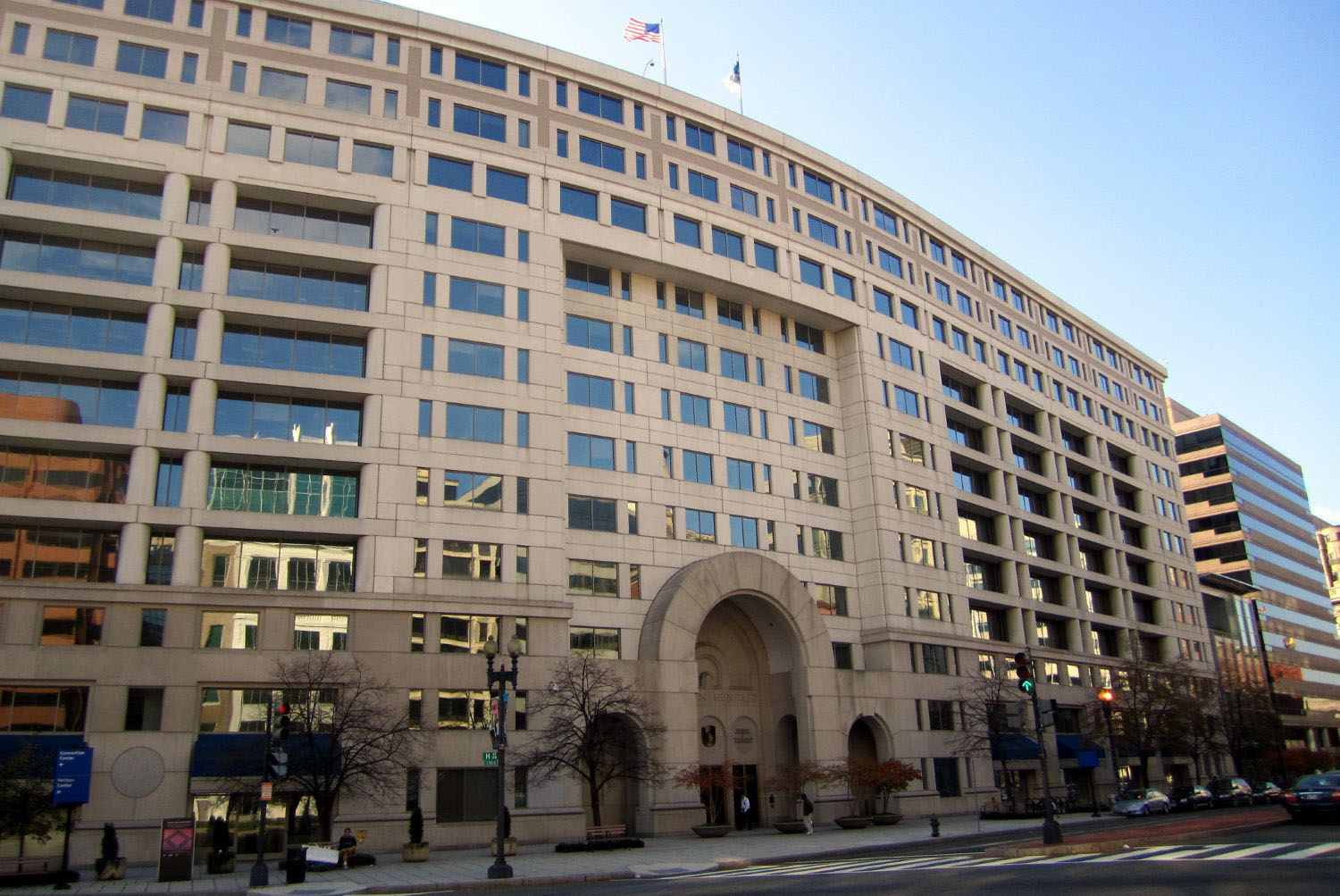- Ensure Initial Public Response is Proportional to Magnitude of the Disaster: The standard operating procedure for U.S. disaster response is for the Ambassador on the ground to have the authority to provide $100,000 immediately, followed by the deployment of a Disaster Assistance Response Team (DART) to assess the situation. As the assessment uncovers specific needs, the U.S. government scales up its assistance over time in a step-wise manner. From the standpoint of most humanitarian emergencies, this approach makes perfect sense, ensuring scarce resources are only allocated to defined requirements and not dictated by often inaccurate initial media reports.
However, during the tsunami, this methodical approach created international confusion regarding the amount of aid the U.S. intended to provide, epitomized by the unwarranted comment from Jan Egeland, then the head of the UN’s Office for the Coordination of Humanitarian Affairs, that donors were being “stingy.” This was not just a minor public relations issue – it was a diplomatic embarrassment to the U.S. When the South Asia earthquake struck 10 months later, the United States recognized it immediately as a disaster requiring more than just the standard response, committing an initial $50 million to the effort in addition to military assets, such as 44 critically needed helicopters. The Obama Administration’s announcement of an initial $100 million commitment to Haiti has followed this South Asia model.
- Focus on Logistical Management First: As the press is now reporting, the flow of supplies and personnel into a disaster zone can quickly become backed up as too many shipments strain the limited capacity of whatever transport facilities exist. Getting a handle on this flow by deploying a competent logistical management team to play traffic cop must be the first order of business. During the South Asia earthquake, the U.S. immediately deployed a 23-member contingency support group from MacGuire Air Force Base to provide planning and logistics support. Very quickly, this group took over management of the flow of relief supplies coming into Islamabad airport. The U.S. assumption of control of the Port-Au-Prince airport is good first step in this effort.
- Ensure Tight Coordination Between Civilian and Military Efforts: While disaster relief is fundamentally a civilian operation, the U.S. military will often have a major role, given the unique assets it can bring to bear in these situations, from helicopters to logistical expertise. Yet to be effective, military assets must be closely coordinated with the overall civilian led effort. The model for such civilian/military cooperation is Operation Provide Comfort to assist the Kurds in the mountains of Northern Iraq following the first Gulf War. There, U.S. Army Major General Jay Garner worked hand in glove with legendary U.S. Disaster Assistance expert Fred Cuny.
- Prioritize the Pipeline by What is Needed, not What is Available: When major disasters hit, the world rushes to provide what assistance it can, including many different types of relief supplies of varying value to the situation at hand. Whether they are needed or not, few countries want to offend those offering such help by turning it down. During Katrina, the U.S. was on the receiving end of many of these offers. Two giant Airbus A380’s packed with supplies from Germany had to be diverted to Florida because they could not be accommodated in New Orleans. Other donated supplies, such as several thousand meals ready to eat (MREs), sat in warehouses for months, unable to be utilized, and eventually had to be destroyed. With limited capacity to receive supplies in Port-Au-Prince, focus must be on items of critical need, like water, food, and plastic sheeting for temporary shelters, as well as the equipment needed to distribute these supplies and the personnel required to keep order. Other items, like the French field hospital turned back from Port-Au-Prince last week by U.S. authorities at the airport, have to wait.
- Prepare to Pivot to Reconstruction: Even as the relief operation is gearing up, work should commence in parallel by development professionals to plan long-term recovery. It is astounding how many years it takes to rebuild what nature can destroy in seconds (just look how long rebuilding has taken in New Orleans), but those suffering on the ground need to know quickly that the international community is interested in the their long-term future as well as their immediate needs. In such situations, hope for the future is as important as food, water, and healthcare.
- Leverage the private sector: The deployment of former Presidents Clinton and Bush to raise money for tsunami relief and recovery resulted in more than $1 billion in funding for the effort in addition to the $350 million provided by the U.S. government. Since then, the U.S. regularly deployed teams of prominent Americans to mobilize the private sector following major international disasters, including teams of CEOs who raised money for the victims of the South Asia earthquake, Hurricane Stan, and the violence in Lebanon in 2007. These campaigns not only supplement government financial resources, but they also provide a source of fresh thinking to address the complicated problems of recovery and an outlet for American compassion searching for ways to make a difference. President Obama’s appointment of former Presidents Clinton and Bush (43) to mobilize private sector support for Haiti continues this relatively new tradition.
Disclaimer
CGD blog posts reflect the views of the authors, drawing on prior research and experience in their areas of expertise. CGD is a nonpartisan, independent organization and does not take institutional positions.





